World War Iwas well into its fourth bloody year, and the world groaned underneath the unprecedented suffocating carnage.
The Russians were bled white and quit the war in May of 1918.
Now with the Germans within 45 miles of Paris, French troops were in retreat.
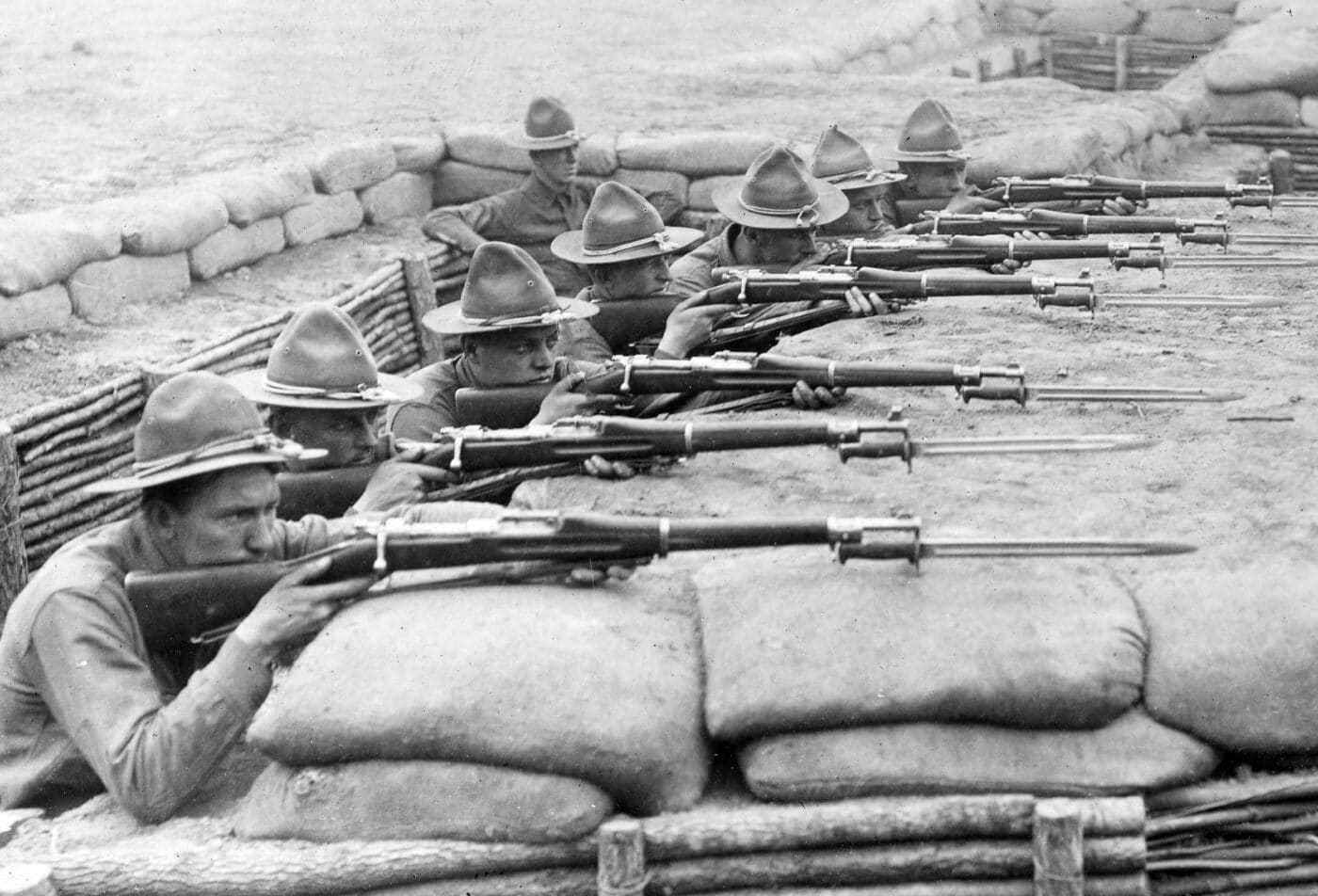
New recruits train with the M1903 rifle at Camp Wadsworth, South Carolina during the spring of 1918. Image: NARA
History has come to refer to this particular tidy little meat grinder as the Battle of Belleau Wood.
The first U.S. Marines had arrived four days earlier led by CPT Lloyd Williams.
CPT Williams famously responded, Retreat?
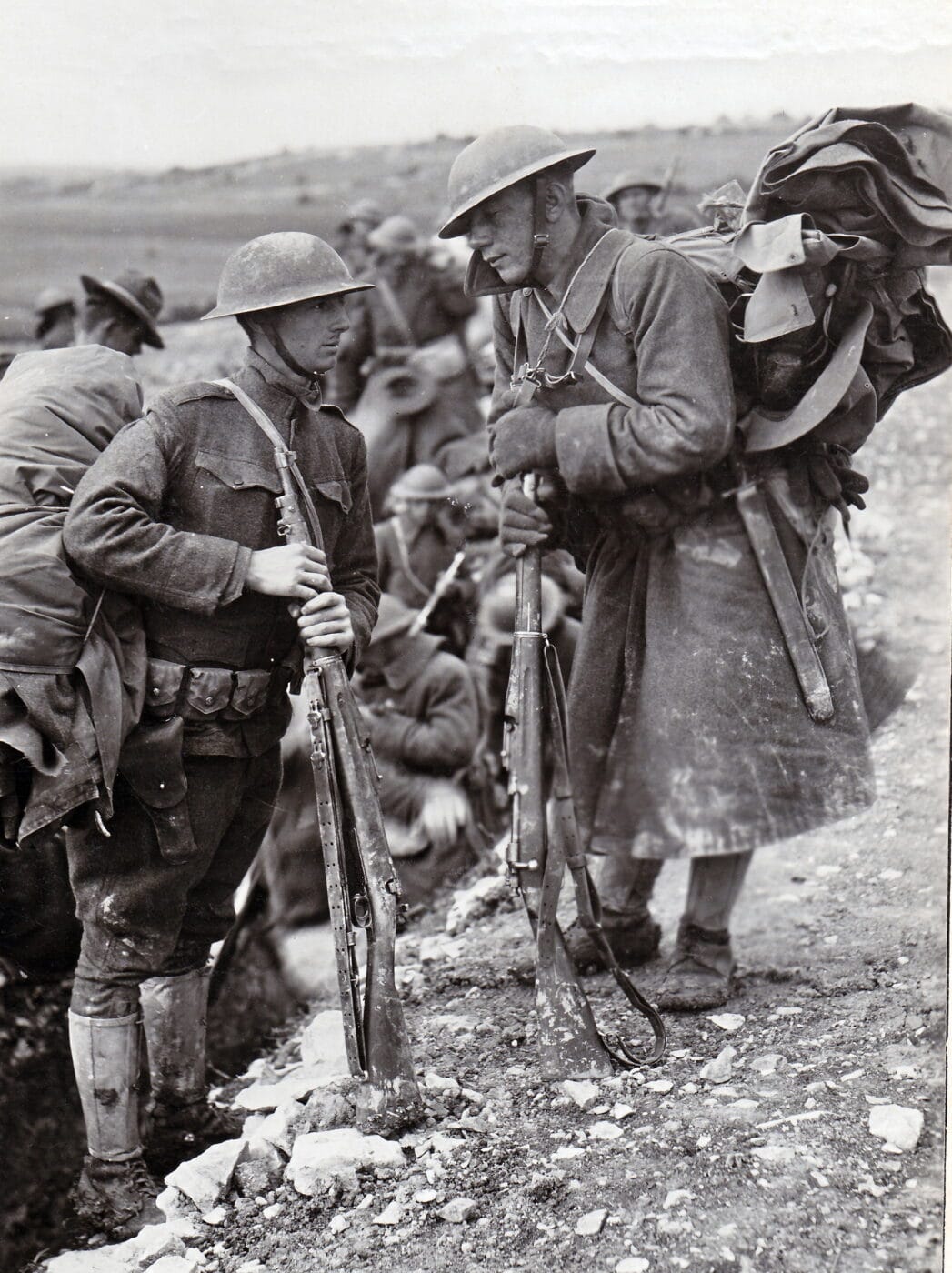
The New World rescues the Old: men of the American 28th Division at Donrecourt, France during July 1918. Image: NARA
Hell, we just got here!
Janson gripped his M1903 Springfield rifle in a death rictus as he made a quick appraisal of the situation.
Hill 142 was a strategic piece of real estate.

At the time of its introduction, the ’03 Springfield rifle was a thoroughly modernbolt-action rifle.
If the Germans could take that hill they could rain fire down on the French flanks.
A full dozen German soldiers were crawling up the hill with fiveMG08/15 light machinegunsin tow.
If the Krauts got those machineguns working they could turn the entire line.
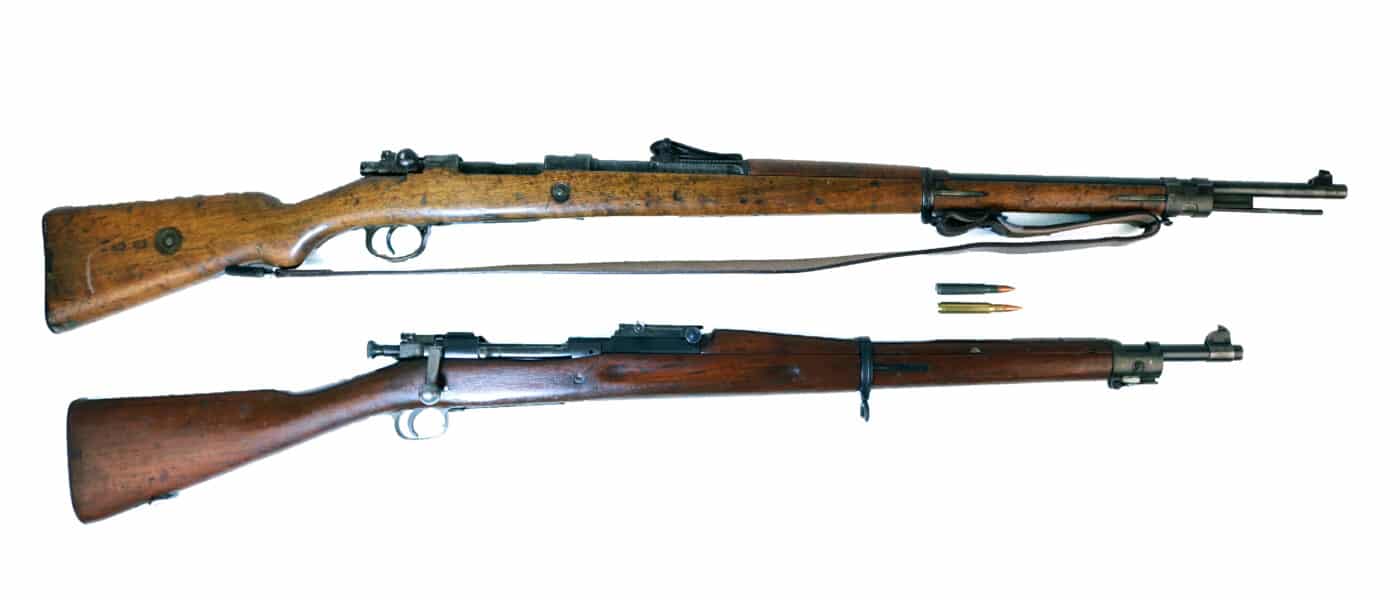
The similarities between the WWI-era German 98 Mauser (top) and the Ought-Three Springfield are fairly obvious.
Gunny Janson shouted the alarm, affixed his bayonet, and charged down the hill.
He dispatched the two senior German patrol leaders with his bayonet, forcing the remainder to flee.
The vaunted German assault troops abandoned all five machineguns and fled back to safety.
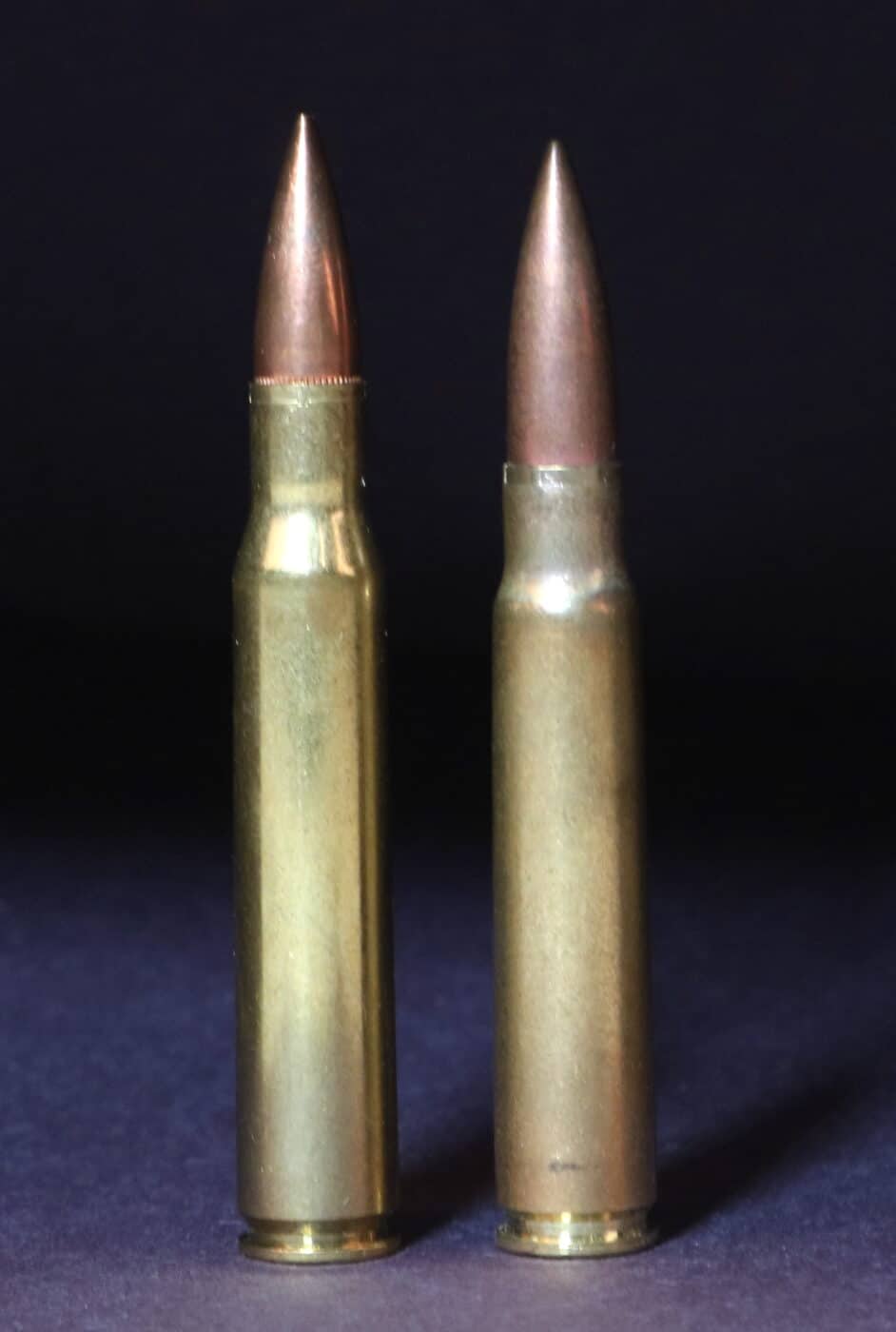
The American 7.62x63mm/.30-06 is shown on the left alongside the German 7.92x57mm round.
They had just gotten their rude introduction to the Devil Dogs of the U.S. Marine Corps.
Development of the Rifle
The M1903 Springfield rifle represented leapfrog technology.
The M1903 Springfield was designed in response to American combat experience during the Spanish American War.
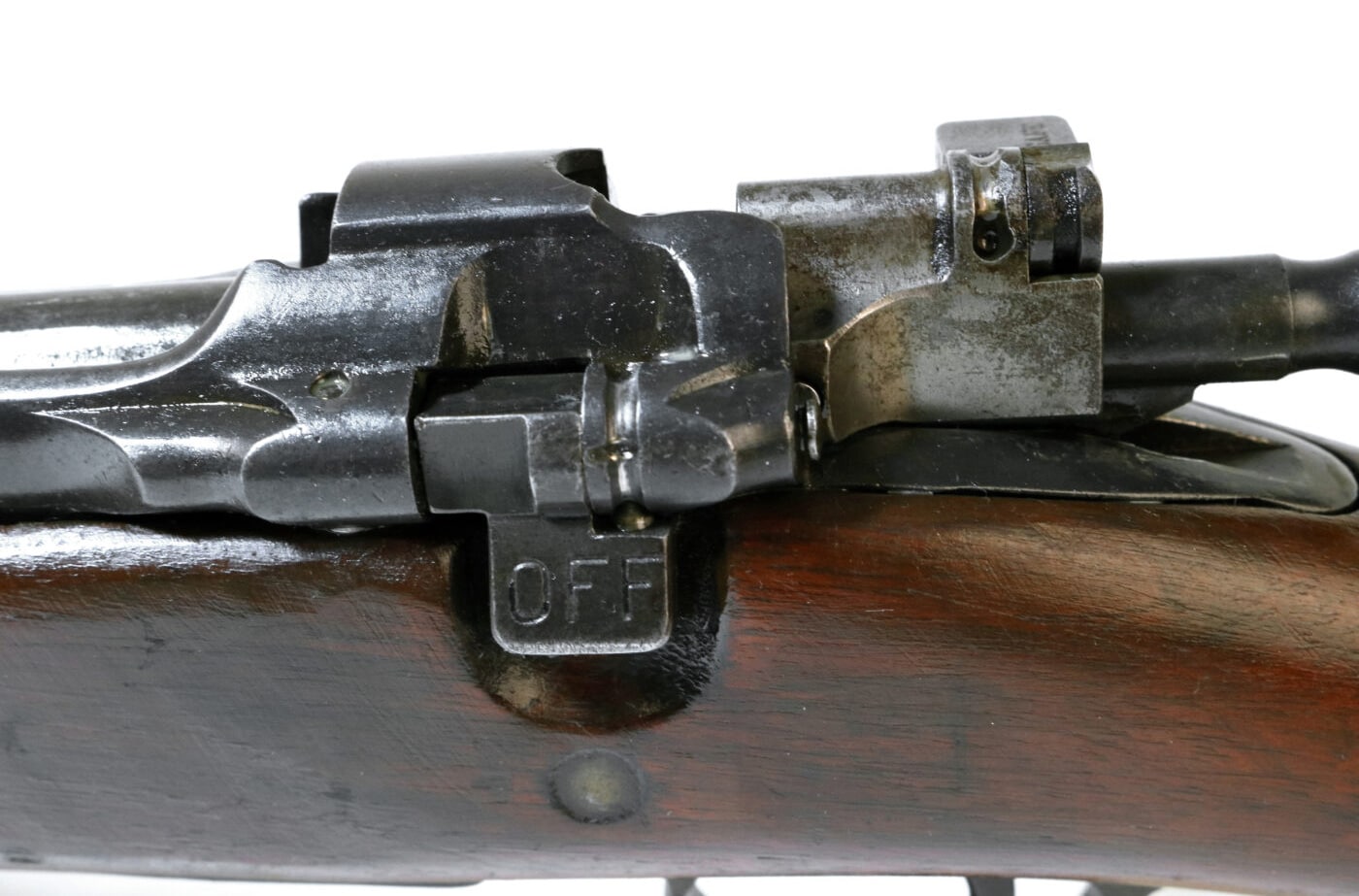
The magazine cutoff does double duty as a bolt retention device on the Springfield M1903 rifle.
The primary mission was to contrive an action sufficiently robust to handle high pressure .30-06 Spitzer ammunition.
Spitzer simply means pointed.
Previous round-nosed bullets fired at lower velocities and subsequently demanded lower pressures.
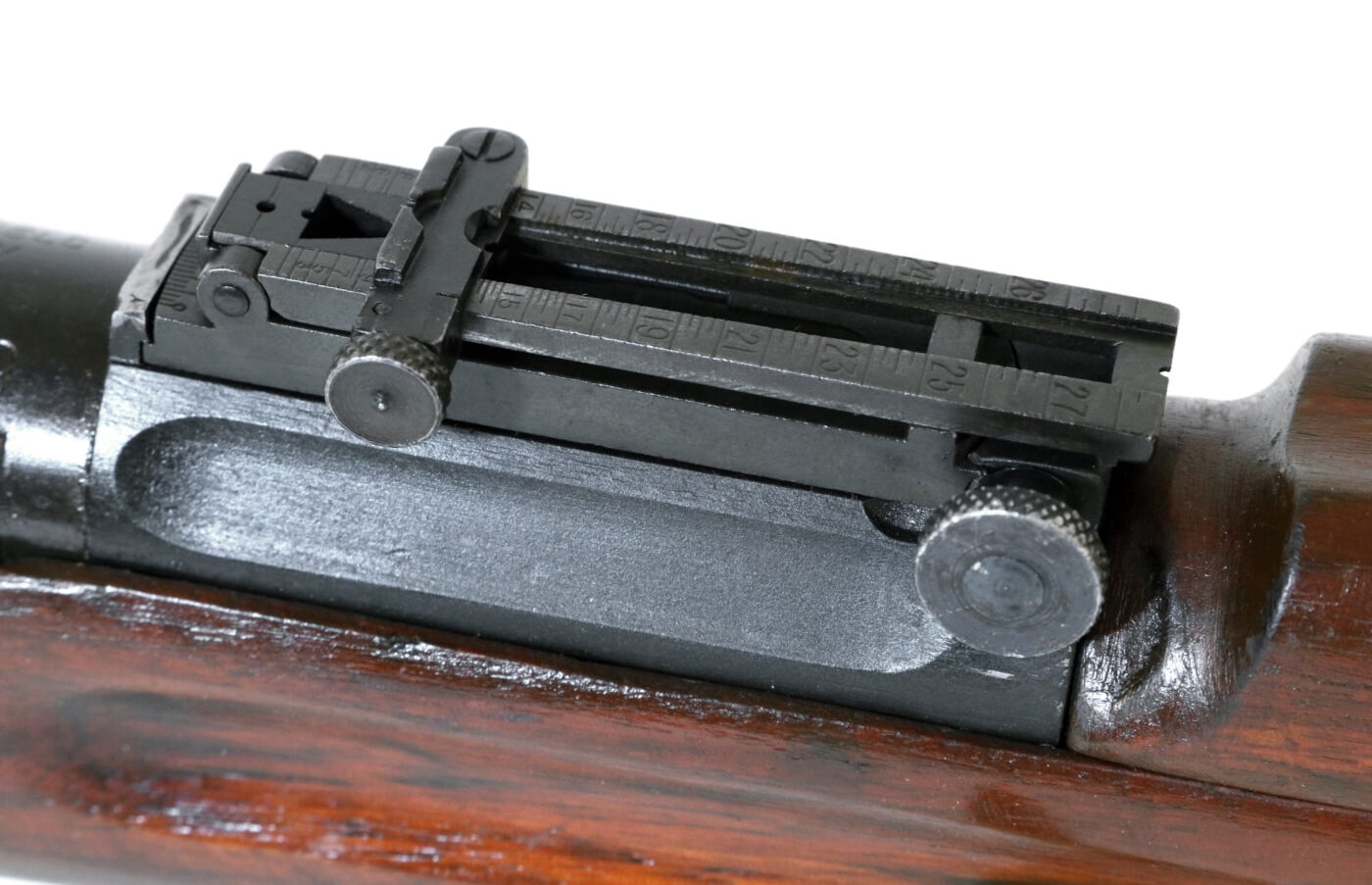
The rear sight looks more like some kind of scientific instrument than a military rifle’s aiming device.
The U.S. government paid Mauser a cool quarter-million dollars to settle.
Those early rifles featured a sliding rod-punch in bayonet.
No less an expert than President Theodore Roosevelt was immediately underwhelmed by the design of this appendage.
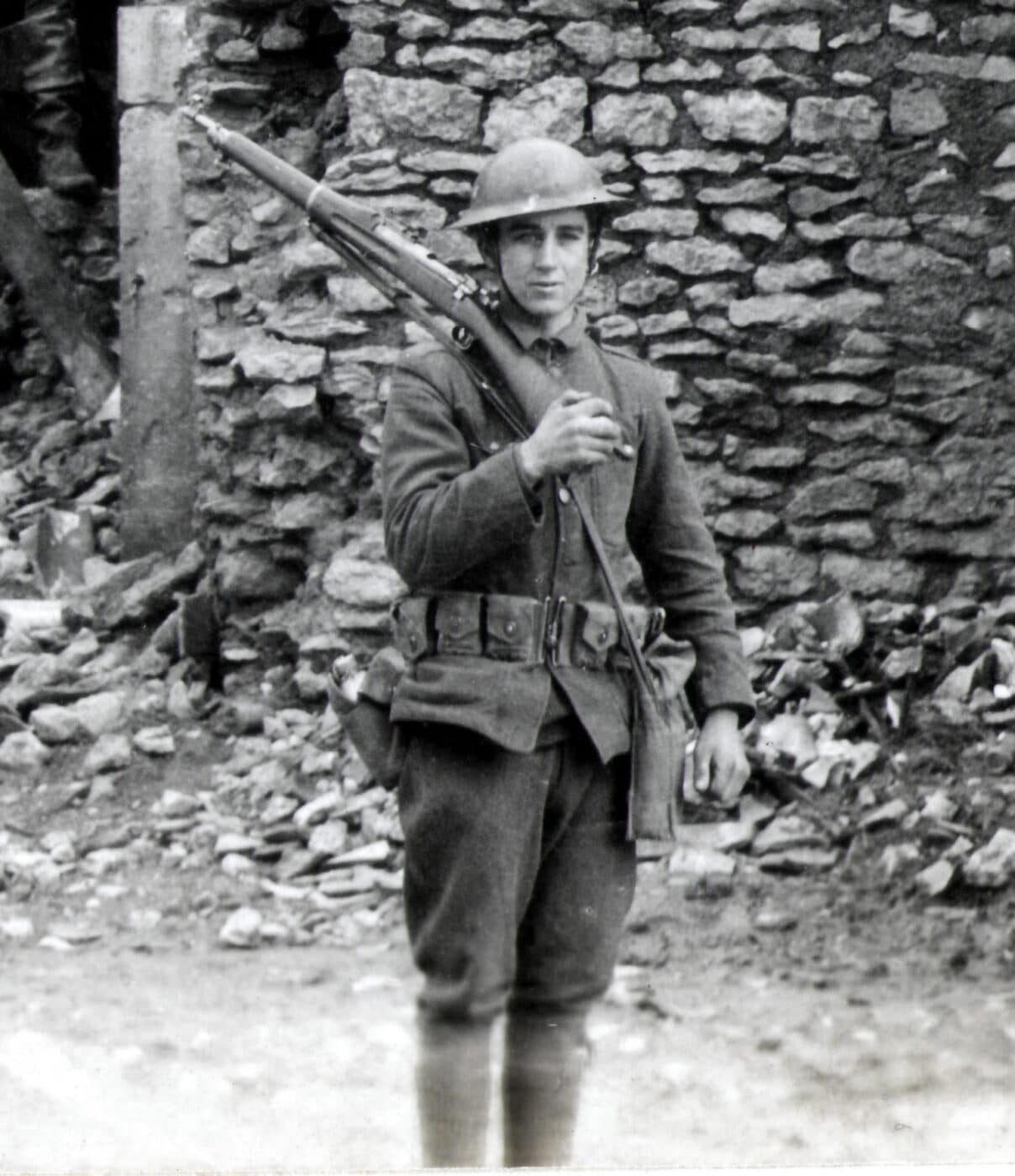
A young Doughboy arrives in France with his Springfield M1903 rifle to do battle with the German invader. Image: NARA
As you observed, it broke short off as soon as hit with even moderate violence.
It would have no moral effect and mighty little physical effect.
Hard to imagine our current chief executive enjoying such rarefied insights into a modern Armys implements of chaos.

The rear sight is graduated out to 2.800 yards and is quite a refined implement.
In 1905 the Army introduced a more conventional sturdy blade sort.
The .30-06 round fired by the Ought-Three pushed a 150-gr.
Spitzer bullet to 2,800 feet per second.
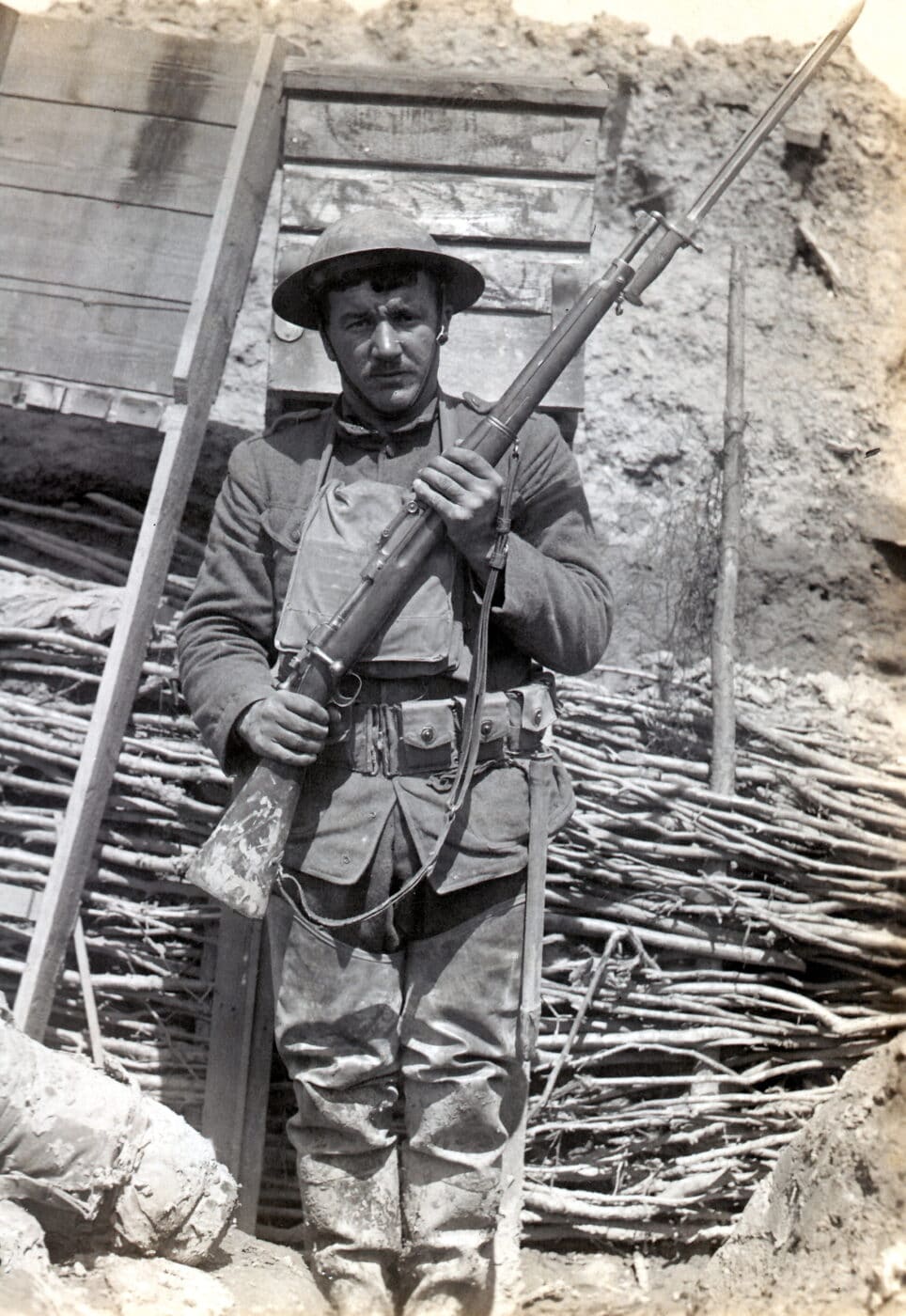
This Doughboy of the 42nd Division killed a German officer with the butt of his M1903 rifle. Badonviller, France May 1918. Image: NARA
This same round fed the subsequentsemi-automatic M1 Garandas well as theBrowning Automatic Rifleand M1919-series belt-fed machineguns.
The M1903 got its proper introduction to combat during the Punitive Expedition of 1916.
American troops armed with Ought-Threes exacted a heavy toll from Pancho Villa and his bandits.
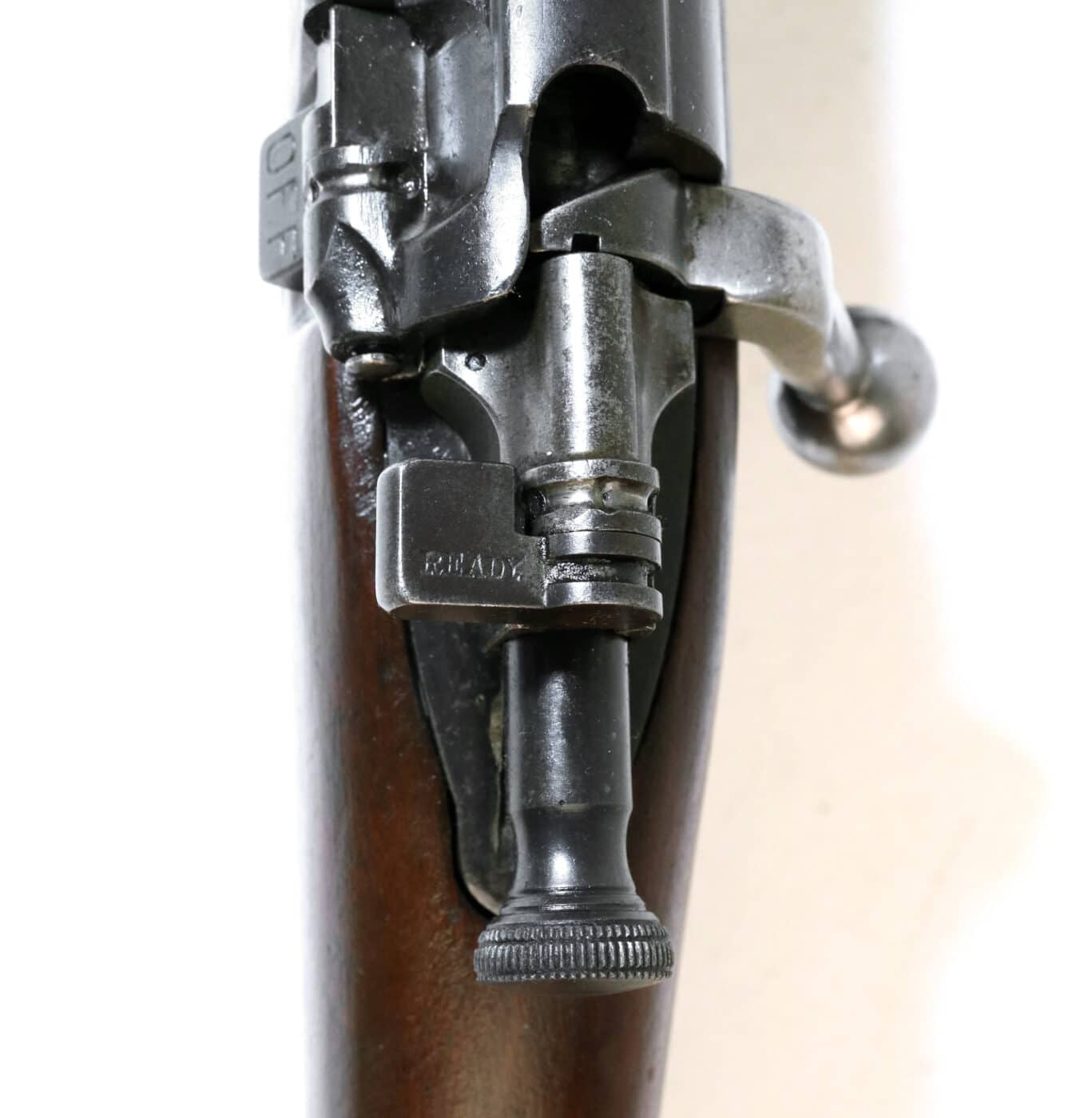
The pivoting safety lever of the rifle is marked “SAFE” and “READY.”
However, the real test of the M1903 came two years later in France.
At the time these weapons were being produced by both the Massachusetts Springfield Armory and the Rock Island Armory.
There were some justified concerns regarding questionable metallurgy in those early weapons.
Stories made the rounds of receiver failures that resulted in some fairly significant injuries.
The Ought-Three sports a magazine cutoff on the left side of the receiver marked simply, OFF and ON.
Putting the lever in its center position allows the operator to remove the bolt for servicing.
The safety is a pivoting flap on the back of the bolt akin to that of the Mauser.
The Ought-Three safety is marked, READY and SAFE.
The front sight is a simple blade.
The rear sight is graduated out to 2,800 yards and is more complicated than the space shuttle.
Back then American soldiers were first and foremost riflemen.
The Ought-Three was a true riflemans tool.
One of the most novel aspects of the M1903 story was thePedersen gadget.
The Pedersen gadget was awkward in action but undeniably inspired.
The awkward box magazine protruded at a 45-degree angle to the top right of the weapon.
While a bit cumbersome, the Pedersen gadget was purportedly quite effective.
Uncle Sam was taken with the thing and ordered 133,450 copies.
The war ended before they could see action, so only 65,000 of these blowback conversions were actually delivered.
In 1931 the Pedersen machine was declared surplus and the government grew weary of storing them.
In typical government fashion, the entire lot was incinerated in an enormous bonfire.
Around 100 copies escaped destruction.
As you might imagine, these are fairly spendy today.
He was one of five U.S. Marines to be so decorated during WWI.
Soon thereafter this practice was discontinued.
He was honored as a pallbearer during the formal burial of the Unknown Soldier on Armistice Day in 1921.
He finally retired from the Corps in 1926 at the rank of Sergeant Major.




